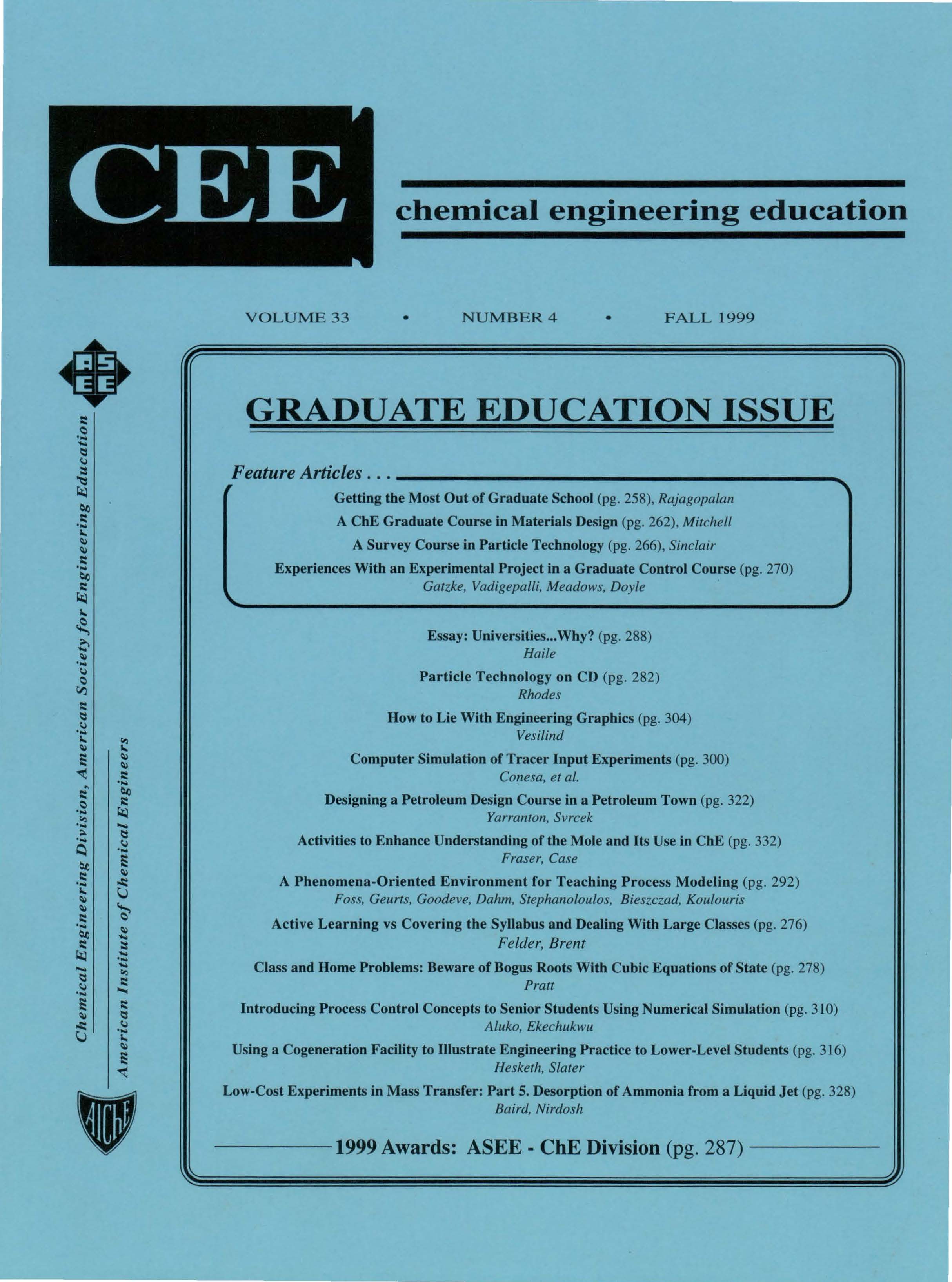Beware of Bogus Roots with Cubic Equations of State
Abstract
One of the major strengths of the Peng-Robinson and similar equations of state is that it simultaneously calculates reliable saturated liquid and vapor volumes. This makes these equations of state especially attractive tools in solving phase equilibria problems. However, the Peng-Robinson equation of state, being cubic, will often give three real roots, and selecting the correct root(s) at the right time can be tricky. This article addresses the problem in the context of a pure component, the case where undetected problems are most likely to arise. Application is made to a pure component expanding through a Joule-Thomson apparatus exiting as a two-phase mixture.


